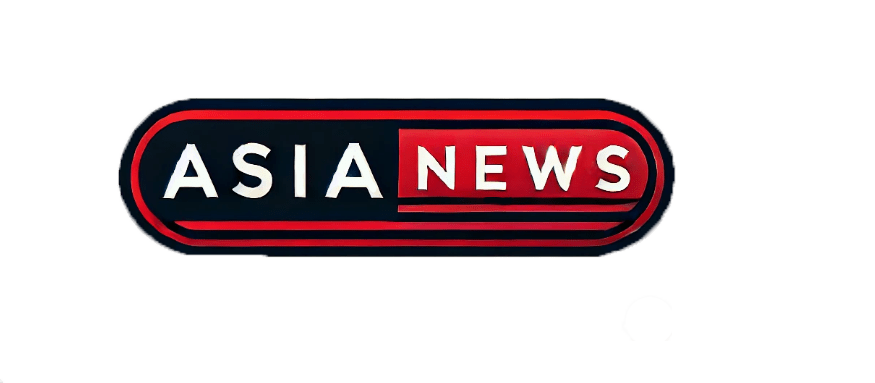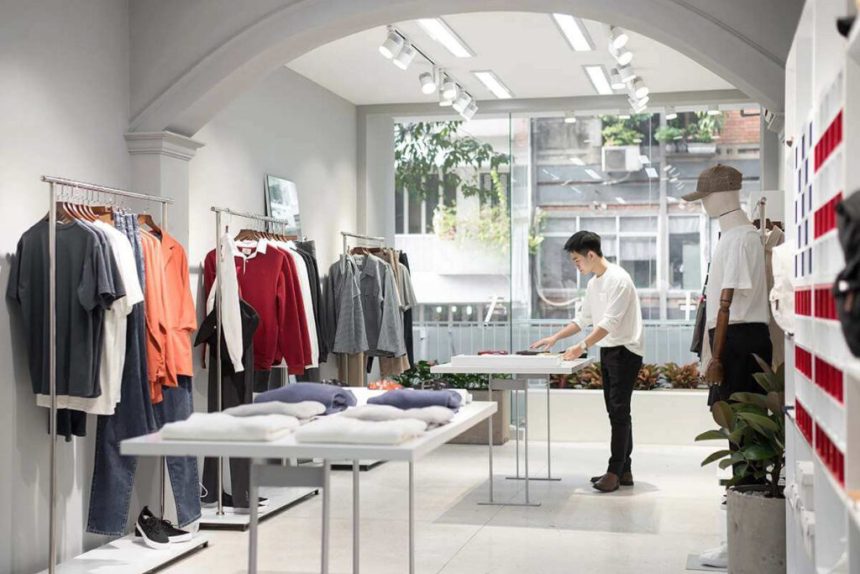A Movement Beyond Trend
In Vietnam and the Philippines, a growing cadre of slow fashion brands are rising in response to fast fashion’s environmental toll. These labels prioritize ethically sourced materials, artisanal craftsmanship, and meaningful storytelling—emphasizing quality over quantity. Their emergence reflects Southeast Asia’s cultural resurgence and a shifting mindset toward conscious consumeris.
Vietnam: Tradition Woven with Sustainability
Fashion4Freedom has revitalized craft communities in Hue by employing jackfruit wood soles and recycled tech components, connecting heritage artisans directly with the global market Vietcetera.
Metiseko, founded by a French-Vietnamese duo, grows organic cotton and crafts elegant silk, marrying cultural legacy and eco-friendly production.
Chula, a Hanoi-based house marking 20 years, integrates sustainable materials—such as piña, abaca, and silk—into timeless collections, proving environmental responsibility can fuse with high fashion.
These brands reflect Vietnam’s move toward a “sustainable era” that honors ecological footprints and local craftsmanship.
Philippines: Community-Focused Craft and Upcycling
YNDAN, founded in Cavite, pays homage to Filipino textile arts by partnering with local Indang weavers, showcasing hand-stitched cotton garments reflecting community identity Vogue Philippines.
Rags2Riches, co-founded by Reese Fernandez-Ruiz, repurposes over 800 tons of scrap fabric, empowering Payatas weavers and channeling profits into artisan welfare through financial and health education.
Other notable names—Jann Bungcaras, RIOtaso, Candle Ray, Ma Collecta, and Ken Samudio—employ piña, abaca, deadstock fabrics, and skilled embroidery to blend traditional artistry with modern, sustainable designs.
Shared Challenges & Goals
Across both countries, slow fashion brands face hurdles:
- Cost vs. Scale: Ethical production and artisan engagement often raise prices, making wider adoption a challenge.
- Market Positioning: Brands aim to sustain local growth while attracting eco-conscious global consumers through heritage authenticity and transparency.
- Regulatory Support: Frameworks like Vietnam’s labor and wage reforms and the Philippines’ fashion incubators and sustainability showcases are becoming more supportive.
Why Slow Fashion Resonates Today
- Eco-conscious consumers: Younger shoppers increasingly seek authenticity, quality, and reusable pieces—rejecting disposable trends.
- Cultural identity: Integrating Filipino and Vietnamese textiles fosters pride and preserves indigenous techniques.
- Community impact: Brands like Rags2Riches and Fashion4Freedom channel profits into artisan welfare and cultural preservation.
Looking Ahead: Growth & Collaboration
- Scaling ethically: Brands focus on transparent supply chains, eco-material sourcing, and upcycling to reduce waste.
- Global reach: Digital platforms and tourism expose international consumers to Southeast Asia’s slow brands.
- Regional synergy: Cross-border collaborations—like Philippine textile designers featuring in Vietnam’s incubators—can amplify shared values.
Final Take
Vietnam and the Philippines are at the forefront of a slow fashion renaissance—one driven by cultural pride, environmental responsibility, and community empowerment. While challenges remain, the movement’s momentum highlights a sustainable vision for Southeast Asian style: beautifully crafted, ethically sourced, and deeply rooted in heritage. Rejecting fast fashion’s disposability, the region is weaving a new legacy—one stitch at a time.










